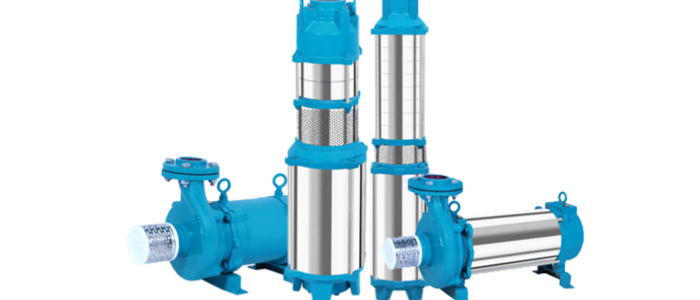Accessing groundwater from extreme depths—especially in borewells reaching up to 1,000 feet—requires precision-engineered pumps built to last. Whether for agricultural, industrial, or municipal use, choosing the right borewell pump is critical for ensuring water availability, energy efficiency, and system longevity.
This guide will walk you through the key considerations, technologies, and pump types most suitable for deep borewell installations.
Key Considerations for Deep Borewell Pumps
Durability and Material Strength
Deep borewell environments expose pumps to constant water pressure, mineral deposits, and temperature variations. Therefore, durability is non-negotiable.
What to Look For:
- Stainless Steel Construction: Resists corrosion and wear over time, especially in high-mineral or acidic water zones.
- Protective Coatings: Anti-rust treatments and surface hardening technologies reduce scale build-up and extend operational life.
- Sealed Motor Casings: Protect internal components from debris and sand infiltration.
Example: In coastal regions with saline water, SS304 or SS316 submersible pumps last 25–30% longer than conventional iron-body models.
Managing Pressure and Variable Depths
Pumping from 500–1,000 feet demands pressure stability and mechanical resilience. Standard models won’t suffice.
Recommended Solutions:
- Multi-Stage Submersible Pumps: Increase water pressure by pushing water through multiple impellers stacked vertically.
- Dynamic Head Adaptability: Pumps must accommodate changing water table levels without losing prime.
- Reinforced Bearings and Casings: Reduce damage from high RPM operation at deeper levels.
Energy Efficiency and Performance
Operating a borewell pump can consume significant electricity if not optimized.
Efficiency Boosters:
- High-Efficiency Motors (IE3 or IE4 rated): Reduce energy bills over time while maintaining high output.
- Variable Frequency Drives (VFDs): Adjust motor speed based on demand, minimizing waste and increasing motor life.
- Hydraulic Optimization: Modern impeller designs reduce turbulence and friction losses, enhancing flow per watt.
Example: A 7.5HP pump with a VFD can reduce power usage by up to 20% compared to a fixed-speed model.
Maintenance, Monitoring & Safety
Given the depth and complexity of installation, maintenance accessibility is vital.
Must-Have Features:
- Modular Pump Design: Allows parts like bearings or impellers to be serviced individually without dismantling the full setup.
- Remote Monitoring: IoT-enabled sensors track temperature, motor load, and pressure in real-time.
- Built-In Safety Features: Auto shut-off on dry run, overheat protection, and surge resistance.
Real-World Insight: Remote alerts can prevent costly pump failures due to dry running in drought-prone areas.
Smart Monitoring and Automation
With Industry 4.0 trends, industrial pumping has moved beyond manual controls.
Smart Capabilities Include:
- App-Based Control Panels: Adjust speed or monitor performance remotely.
- Predictive Maintenance: AI-based alerts for issues like bearing wear or impeller damage.
- System Integration: Compatibility with SCADA and PLC-based systems for industrial users.
Choosing the Right Pump Type (Summary Table)
| Pump Type | Best For | Pros |
| Submersible Pumps | Deep wells (500–1000 ft) | Quiet, energy-efficient, no priming needed |
| Jet Pumps | Variable depths (with shallow ends) | Cost-effective, simple maintenance |
| Centrifugal Pumps | Constant high flow at shallower depths | High reliability, easy installati |

